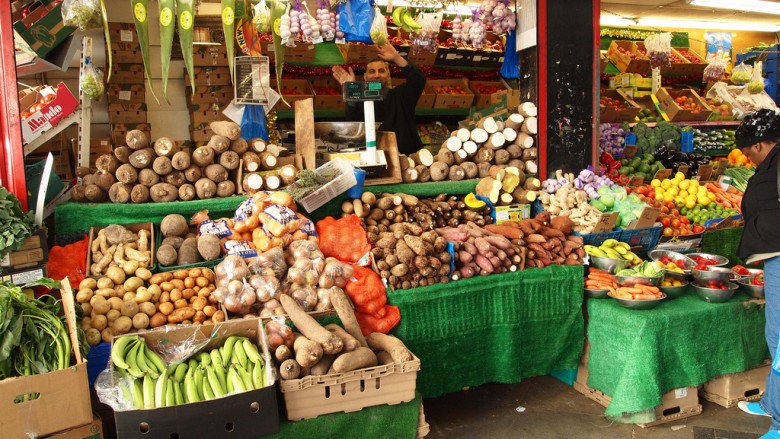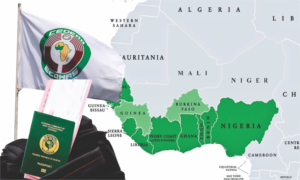Nigeria losing battle against hunger as food inflation persists

…Experts blame insecurity, economic reforms
…say govt’s promises, actions not addressing the issue
Three years ago, Jelili Adewale, a father of three living in Lagos, needed N100,000 every month to feed his family. Today, he spends more than double with stagnant income.
“I earn N300,000 monthly, but food alone takes up almost N200,000 now,” he says. “That’s nearly 70 percent of my salary gone before we talk about rent, school fees, or transport.”
Jelili’s story is no longer uncommon. Across Nigeria, families are reeling under the weight of food inflation that has turned even basic meals into luxuries. From urban slums in Lagos to farming communities in Benue, the cry is the same: hunger is winning.
Warnings from the world
In the North-East, where insurgency has lingered for nearly two decades, the World Food Programme (WFP) recently warned that 3.5 million people are at risk of starvation. But hunger has long spread beyond the conflict zones.
From Lagos to Makurdi, Sokoto to Abakaliki, the cry is the same: food is just too expensive.
In June, a joint report by the Food and Agriculture Organisation (FAO) and WFP named Nigeria as one of 13 hunger hotspots in the world needing urgent help. But ask anyone on the street and you’ll hear that help hasn’t arrived.
While Nigeria’s headline inflation rate has slowed for three consecutive months, food inflation remains stubbornly high. According to the National Bureau of Statistics (NBS), food inflation rose to 21.97% in June, up from 21.14% in May.
At the heart of this crisis lies a perfect storm: climate shocks, insurgency, economic mismanagement, and systemic corruption. Together, they have disrupted food systems and eroded the purchasing power of households.
From jollof to luxury
Nothing captures the economic hardship more vividly than the Jollof Index, a tool developed by SBM Intelligence to track the cost of preparing a simple pot of jollof rice. Once a weekend staple for Nigerian families, the dish has become a metaphor for the nation’s hunger.
In 2016, preparing jollof rice for a family of five cost just over N4,000. Today, that same meal gulps N28,000, according to SBM’s latest report titled “The Crushing Cost of a Pot.” For the average Nigerian family, that’s nearly half the minimum monthly wage, spent on a single meal.
It’s not just jollof rice. A 50kg bag of rice now sells for N90,000, up from N30,000 before June 2023. A loaf of bread that cost N750 in the same period now goes for N1,500. The struggle to feed a family is no longer just a concern of the poor; it’s reaching into Nigeria’s middle class.
“Just three years ago, I used to buy a tuber of yam for a thousand naira, but the same size now costs N4,000,” said Olabisi Jimoh, a mother of two in Egbeda area of Lagos.
In towns and villages across Nigeria, children are missing school due to malnutrition. Farmers are abandoning their land due to insecurity. Urban workers are skipping lunch just to save money.
Periodic droughts and floods have also become more intense, devastating farms across the country. Meanwhile, banditry and insurgency have displaced thousands of farmers, leading to fallow lands and broken supply chains.









